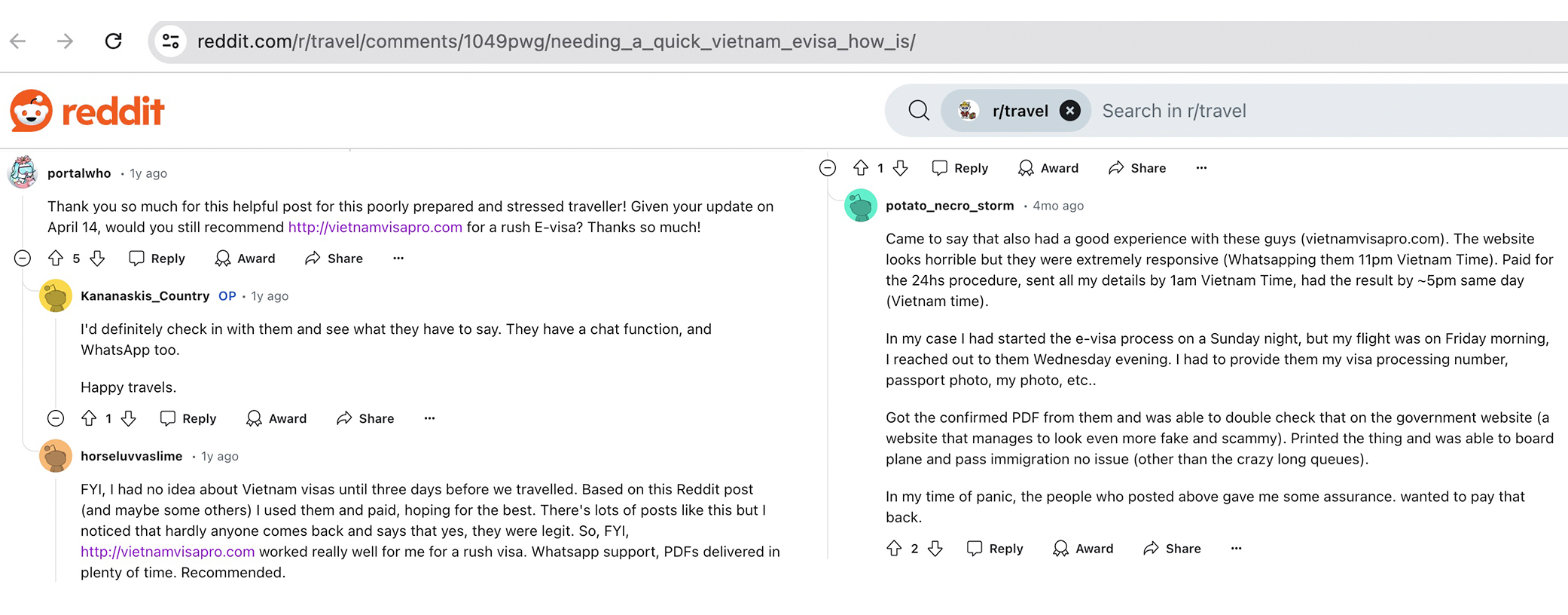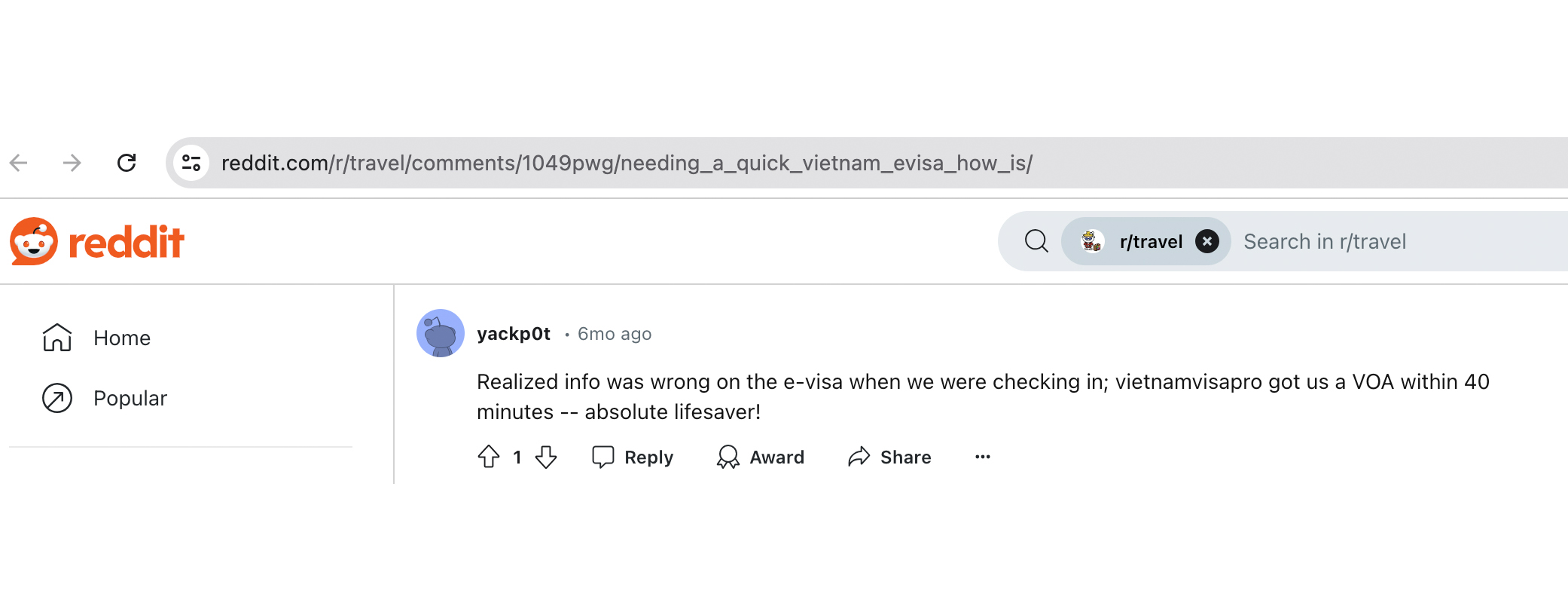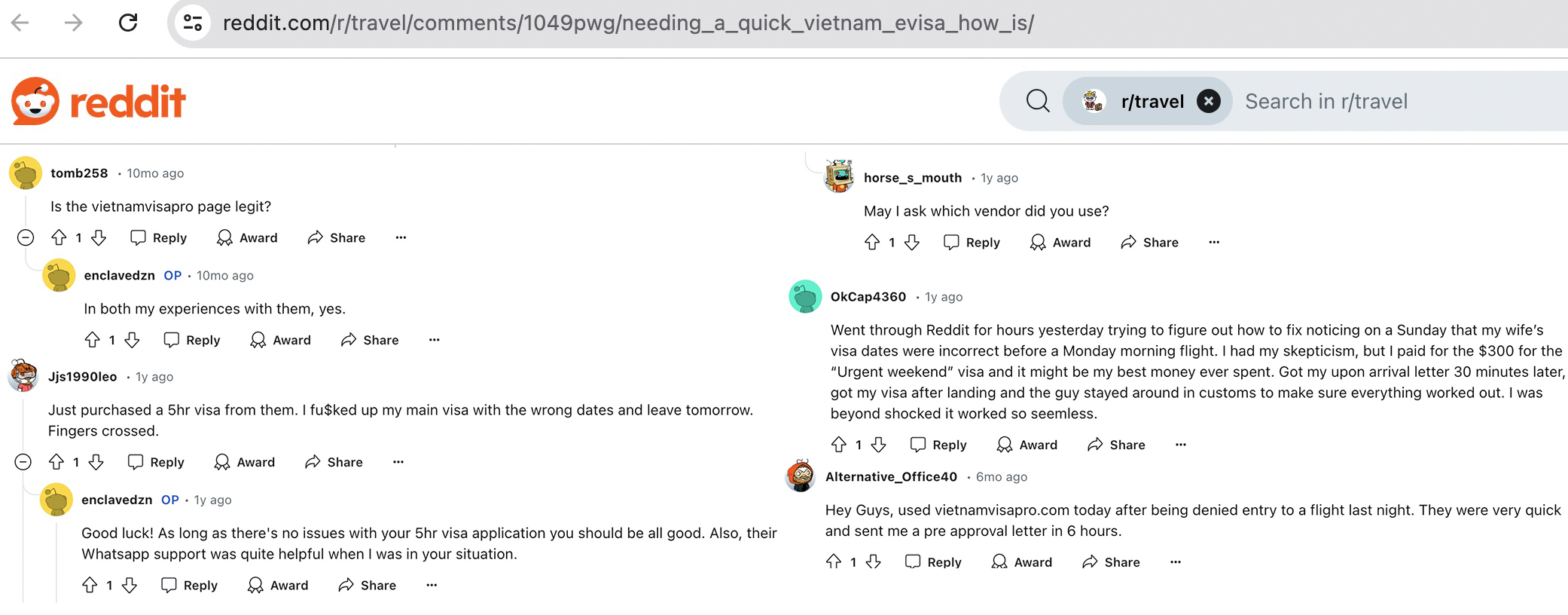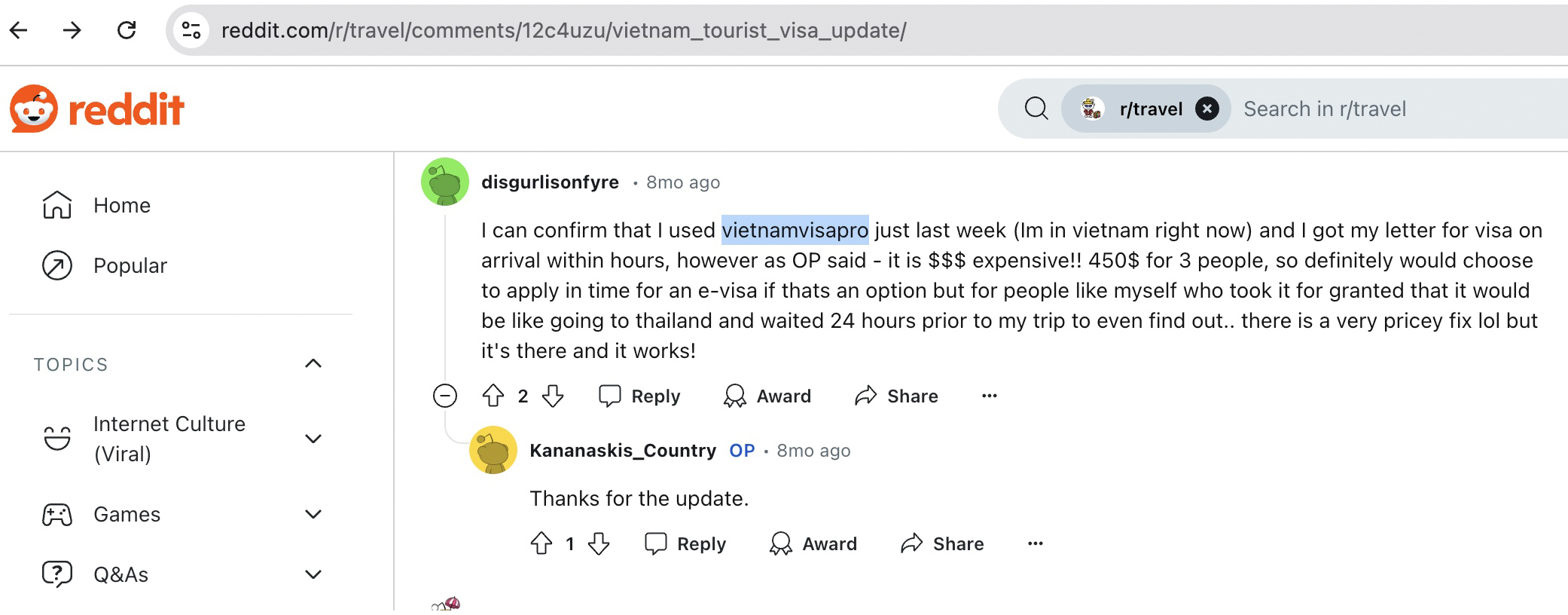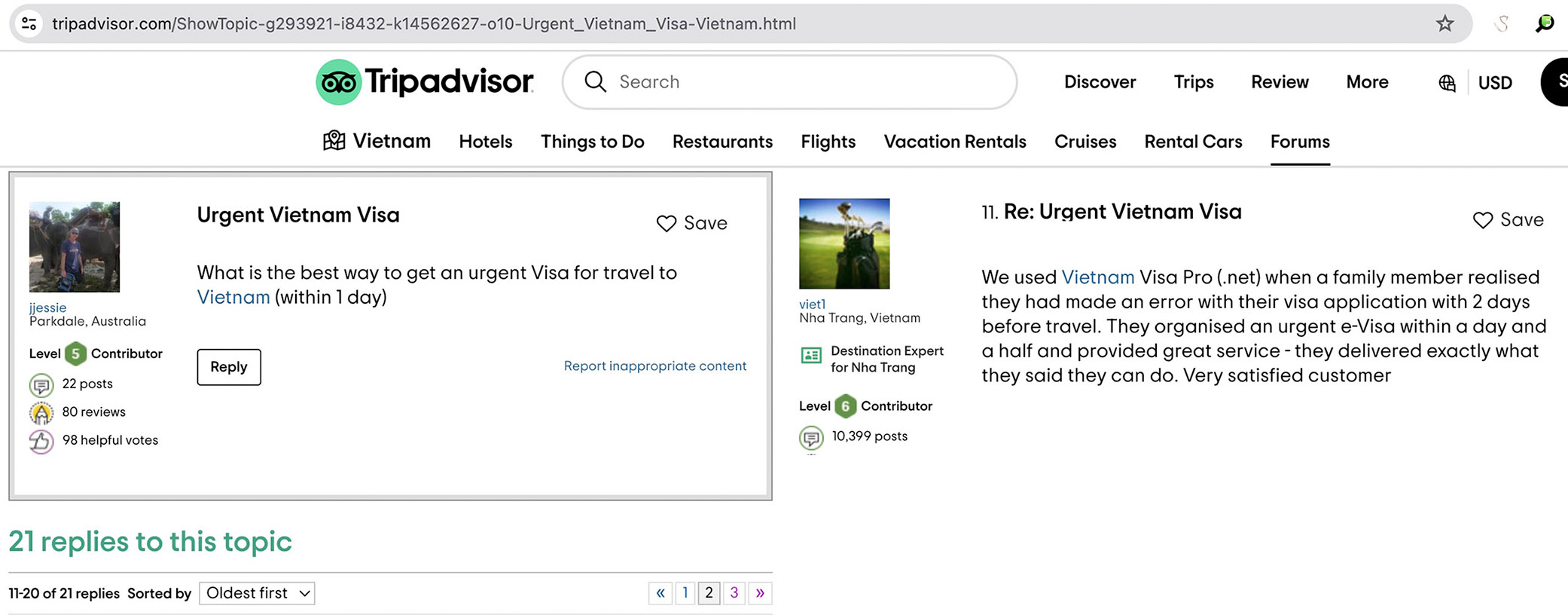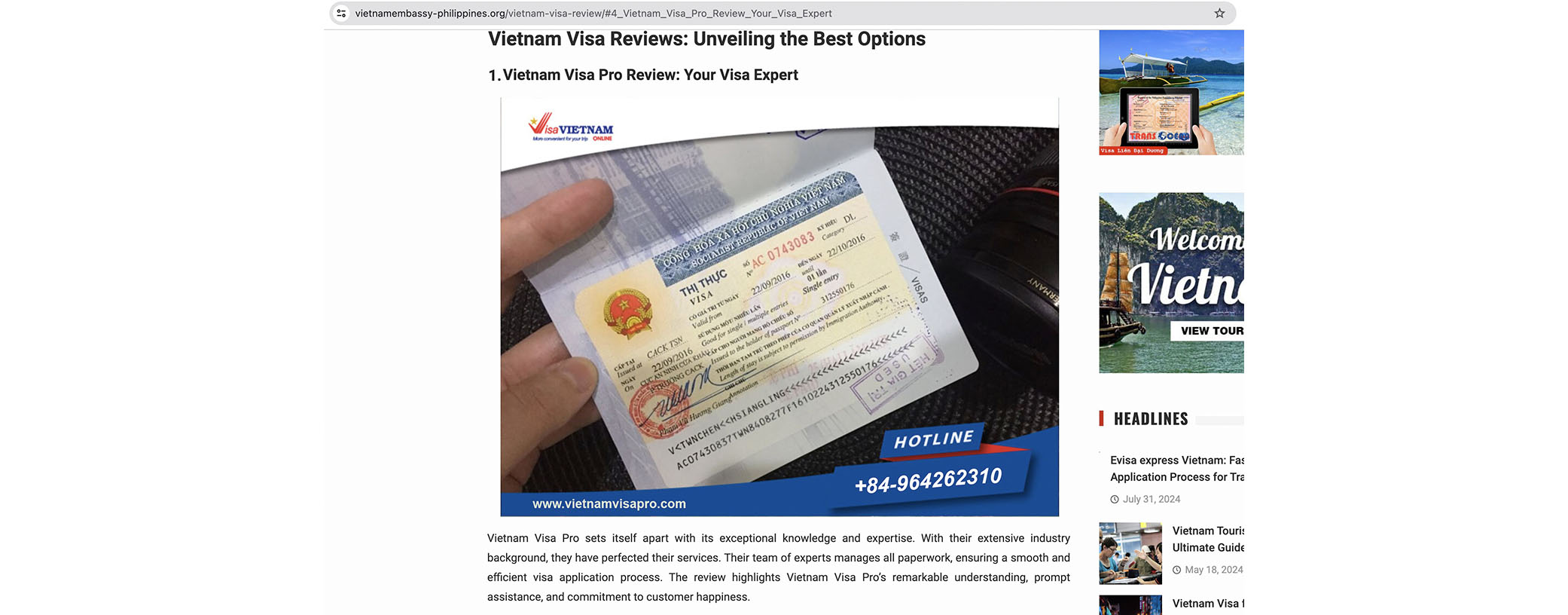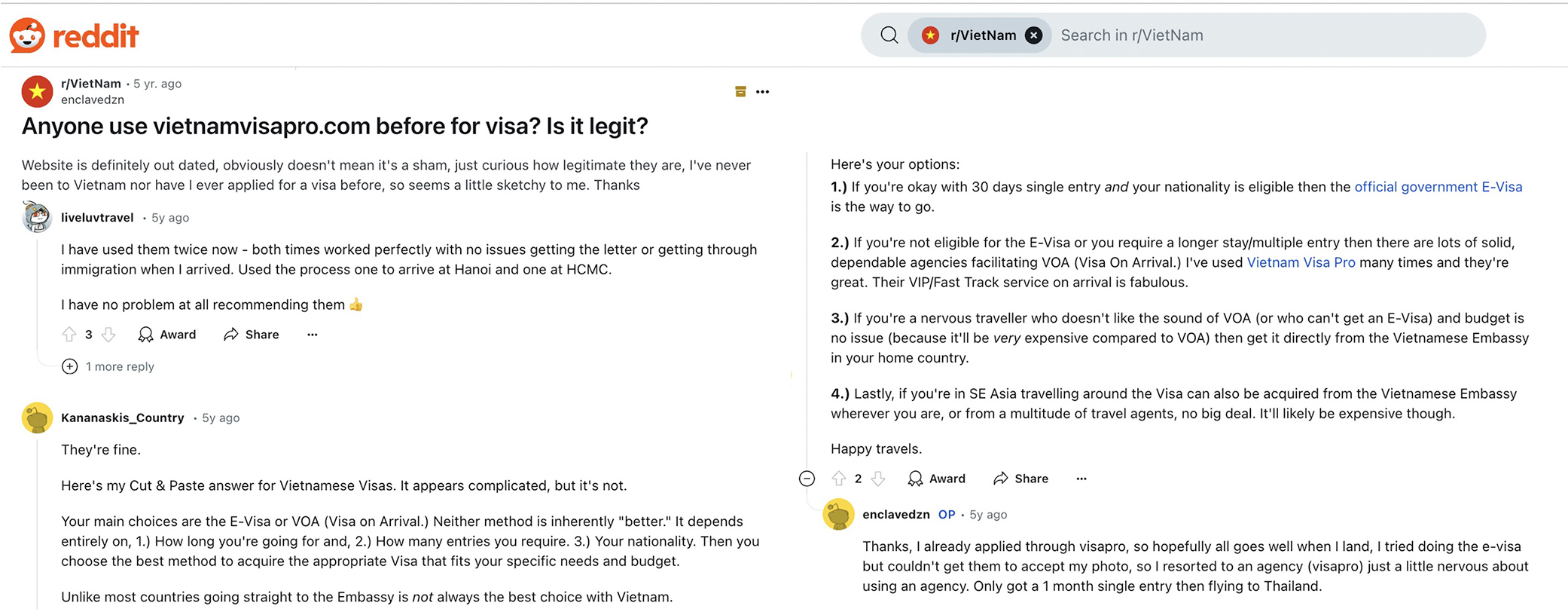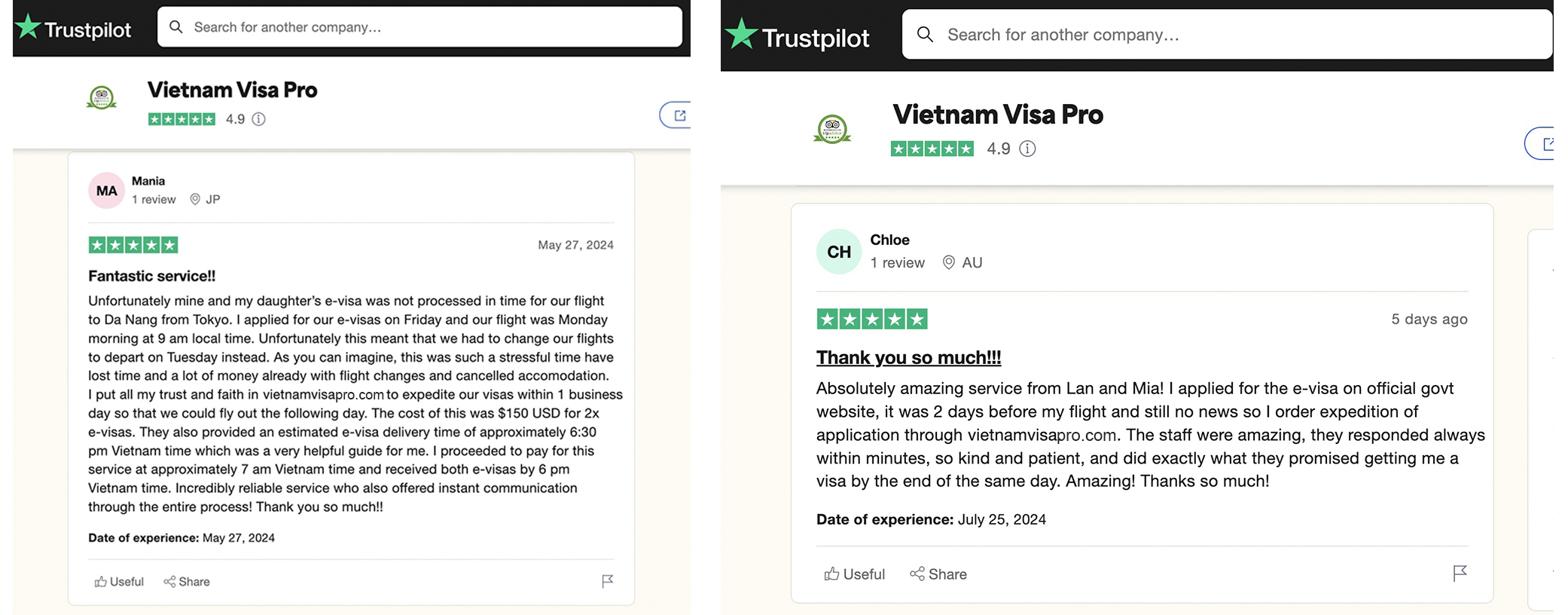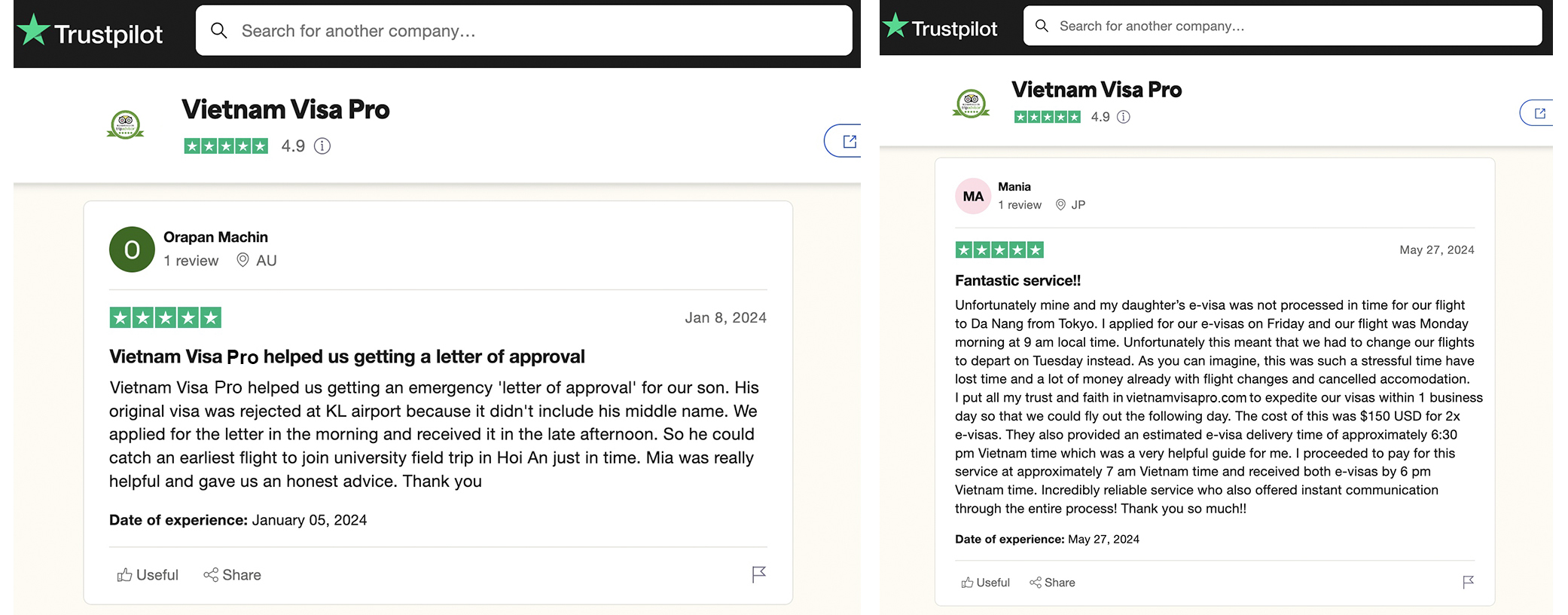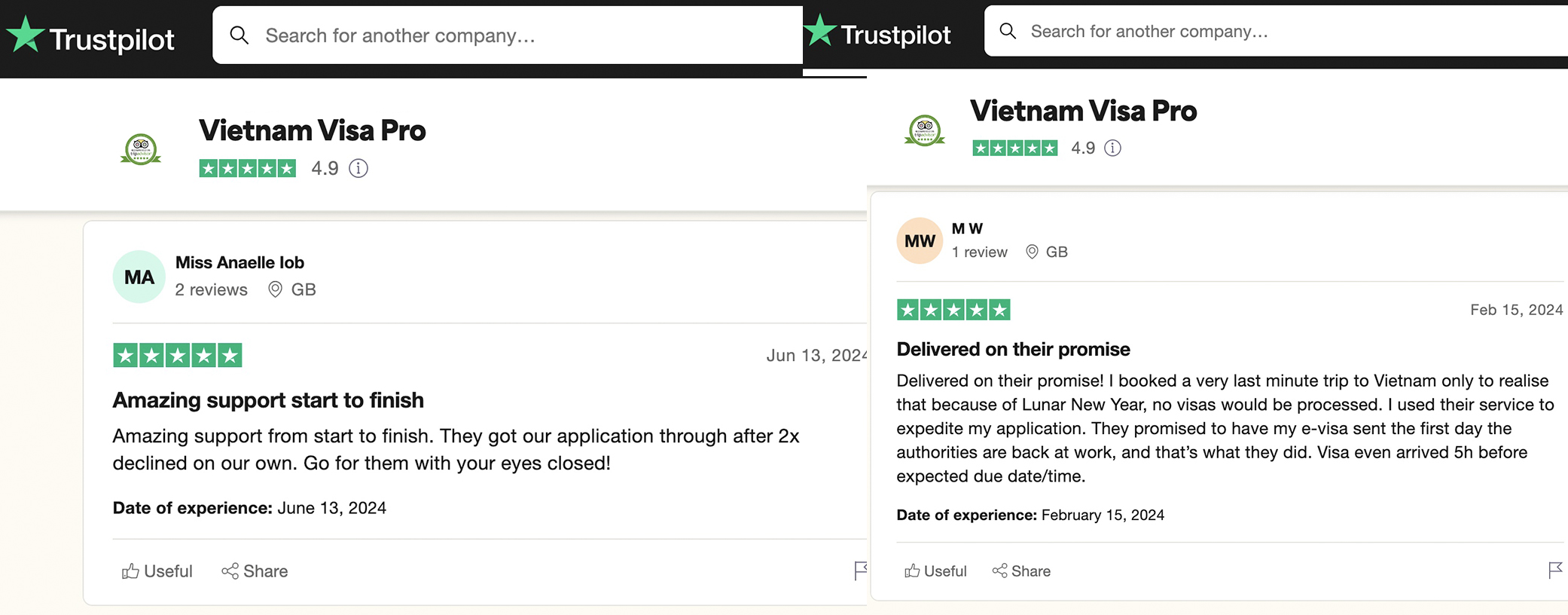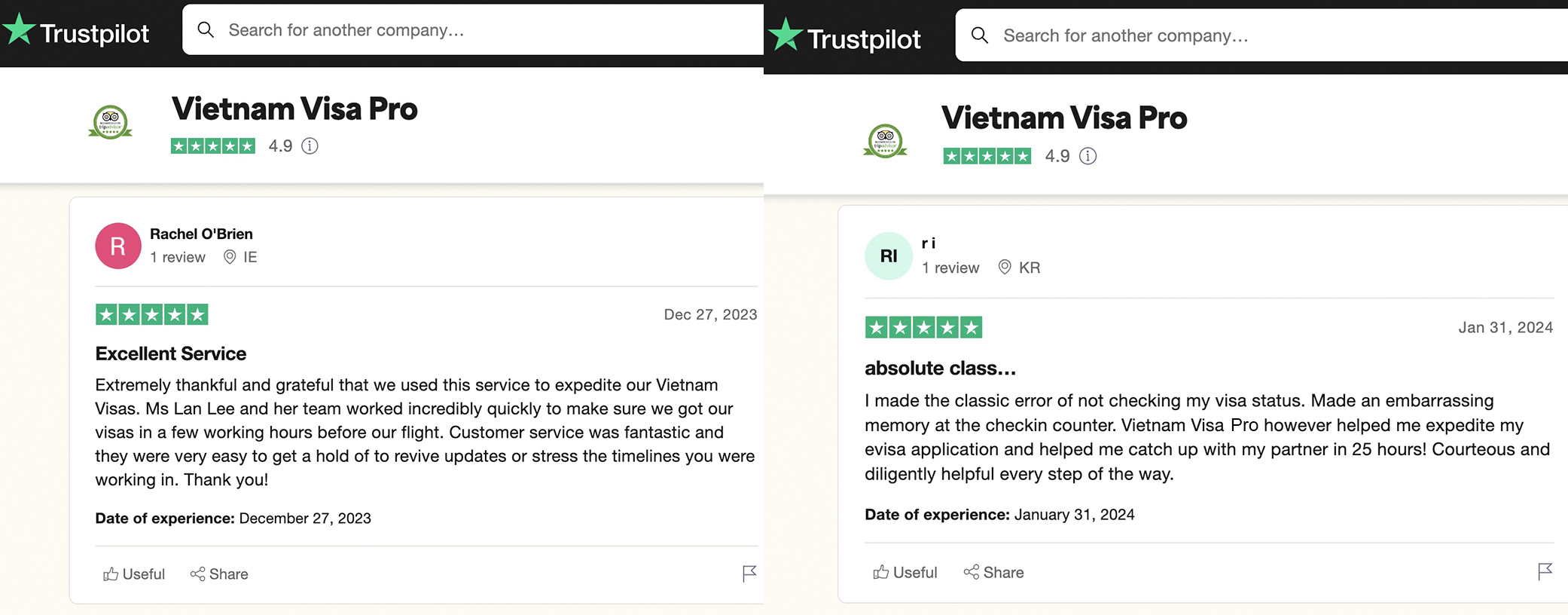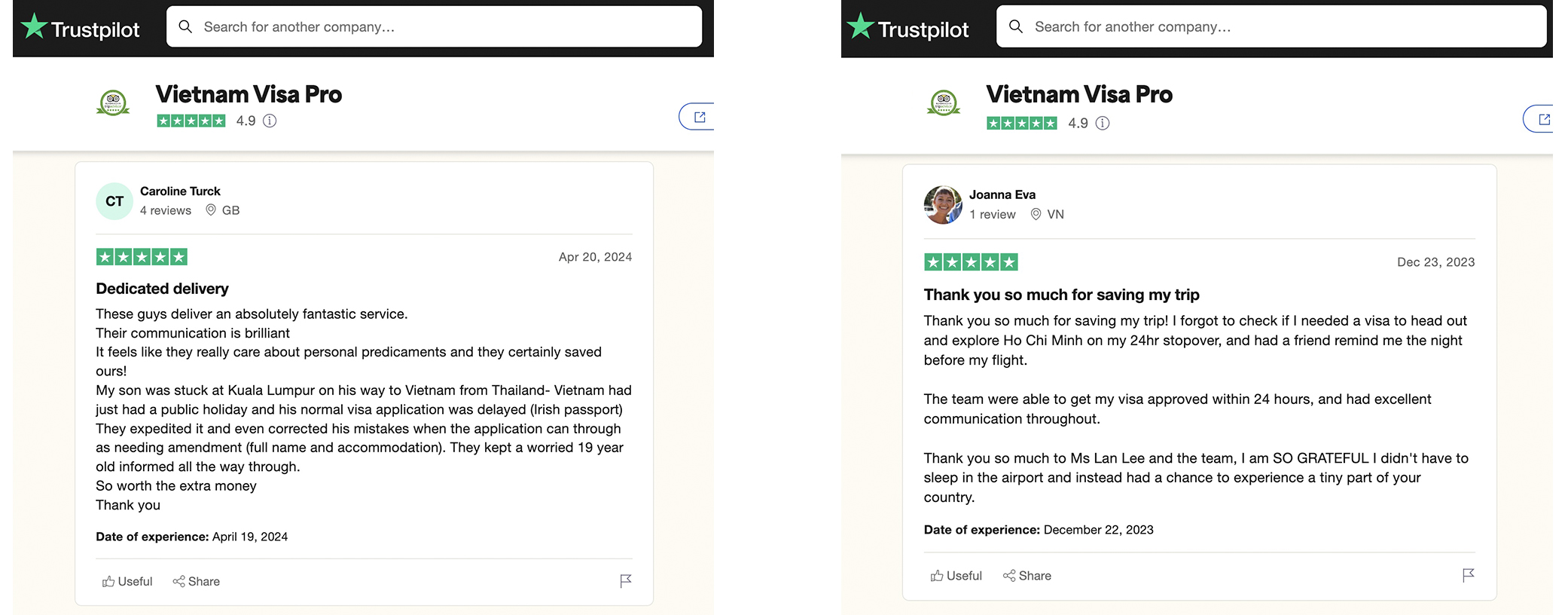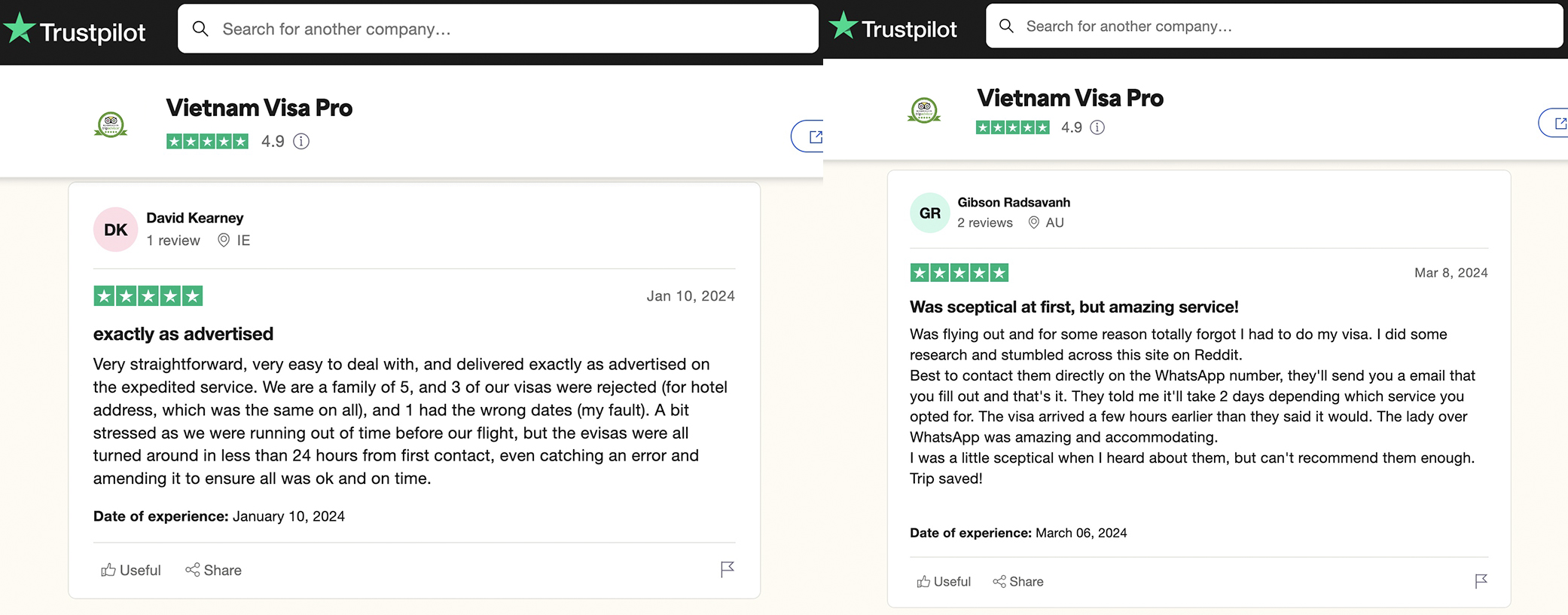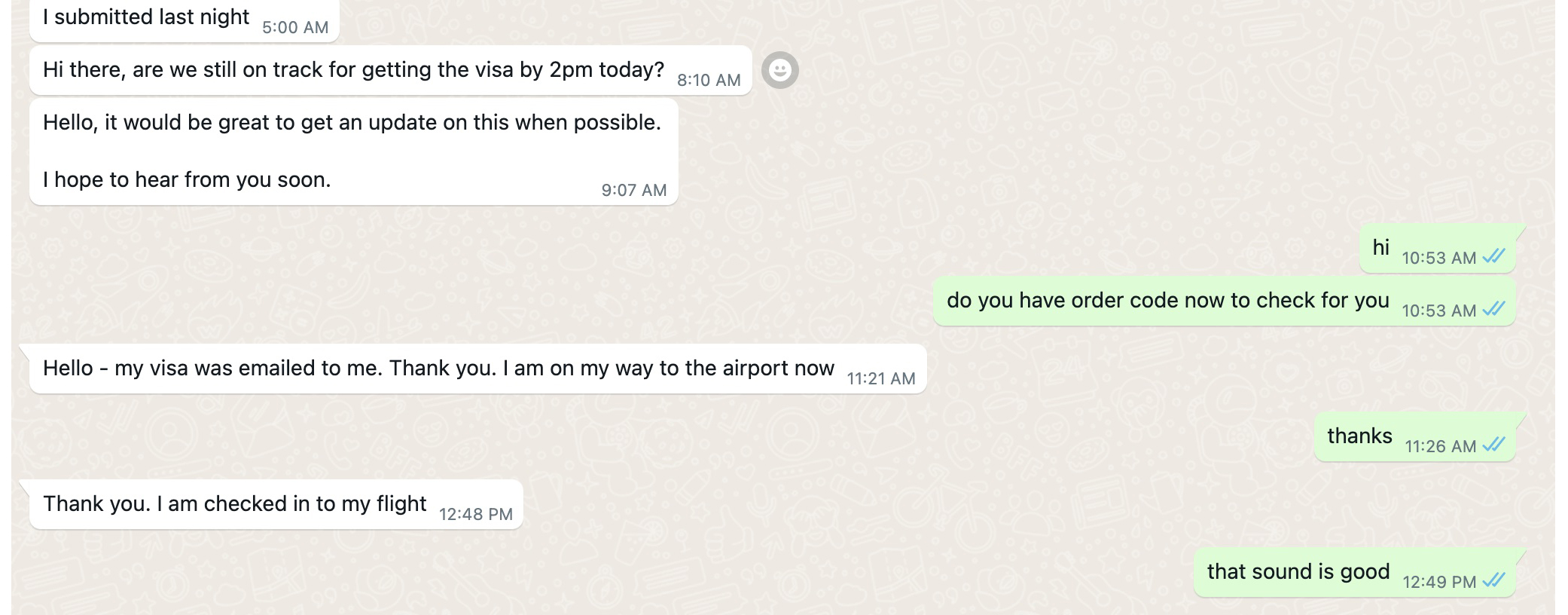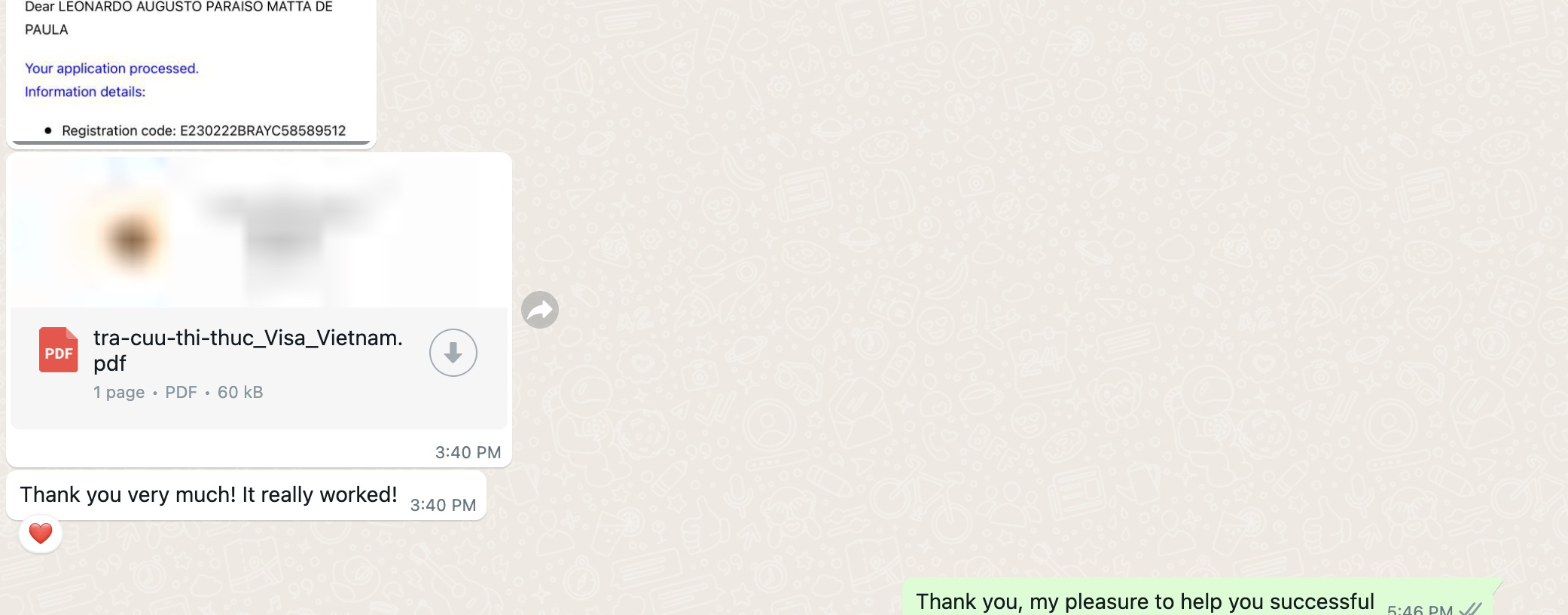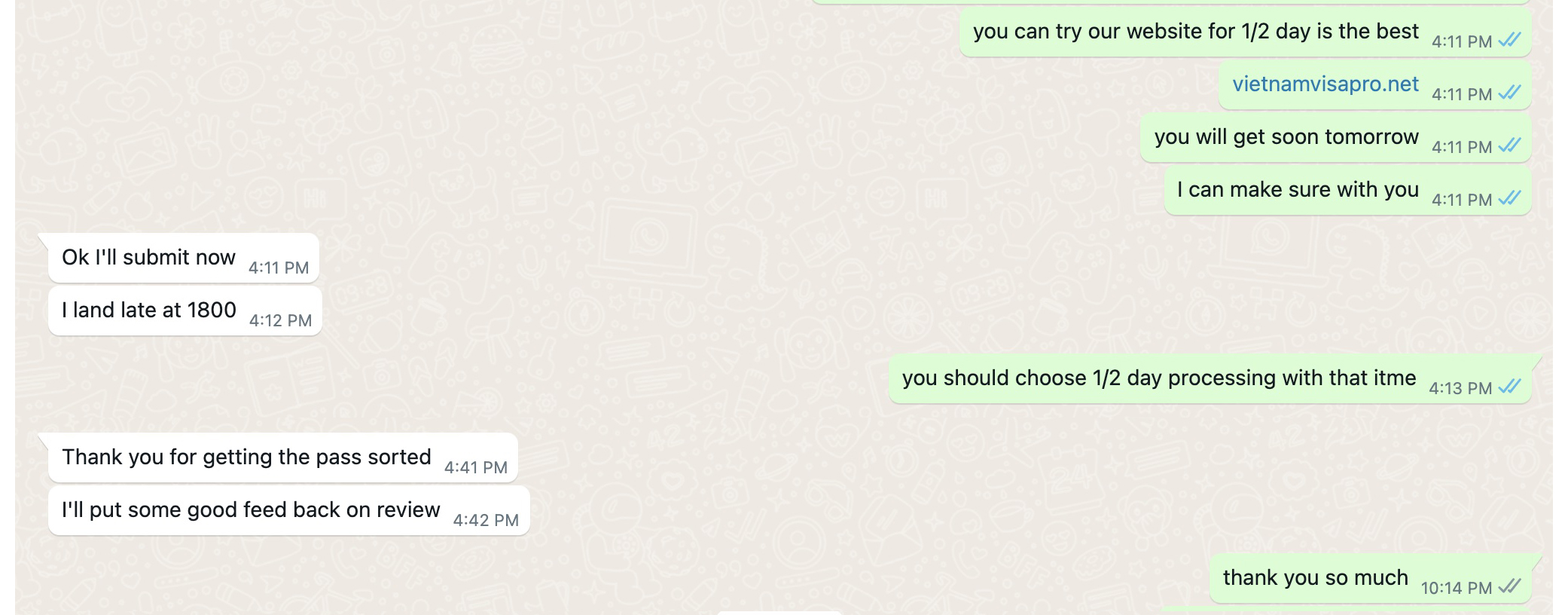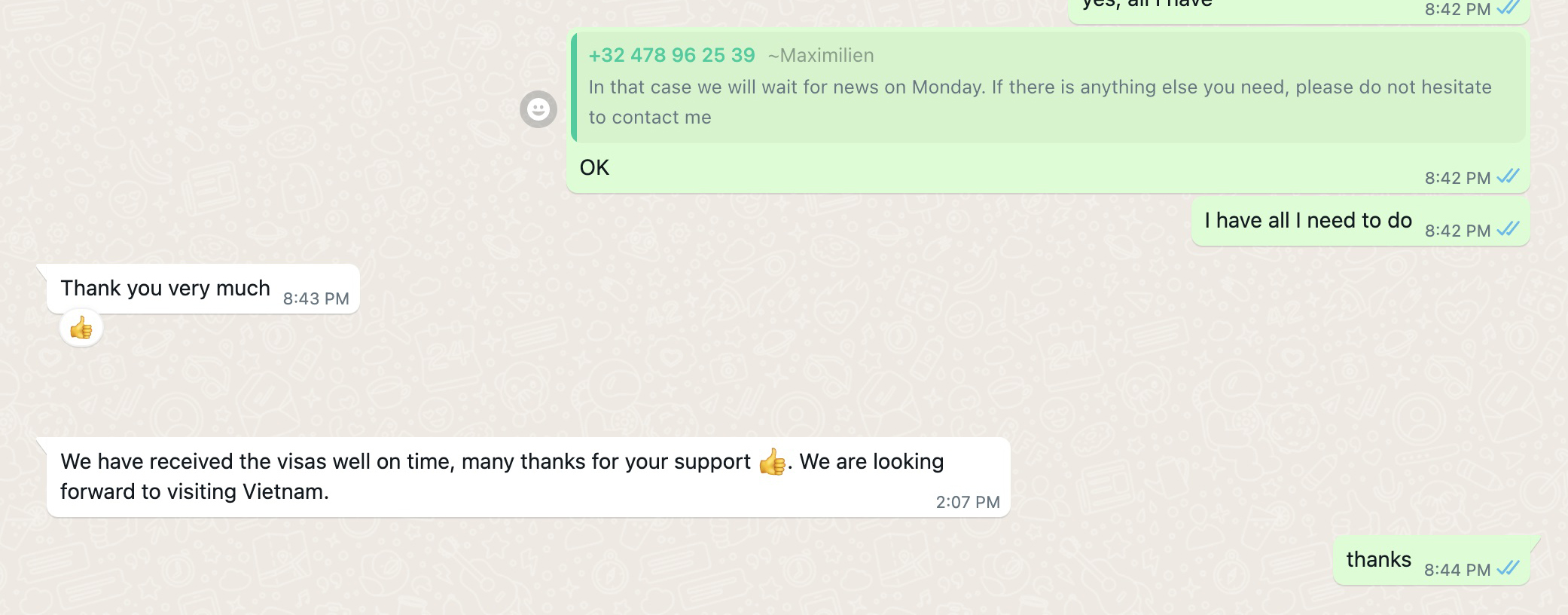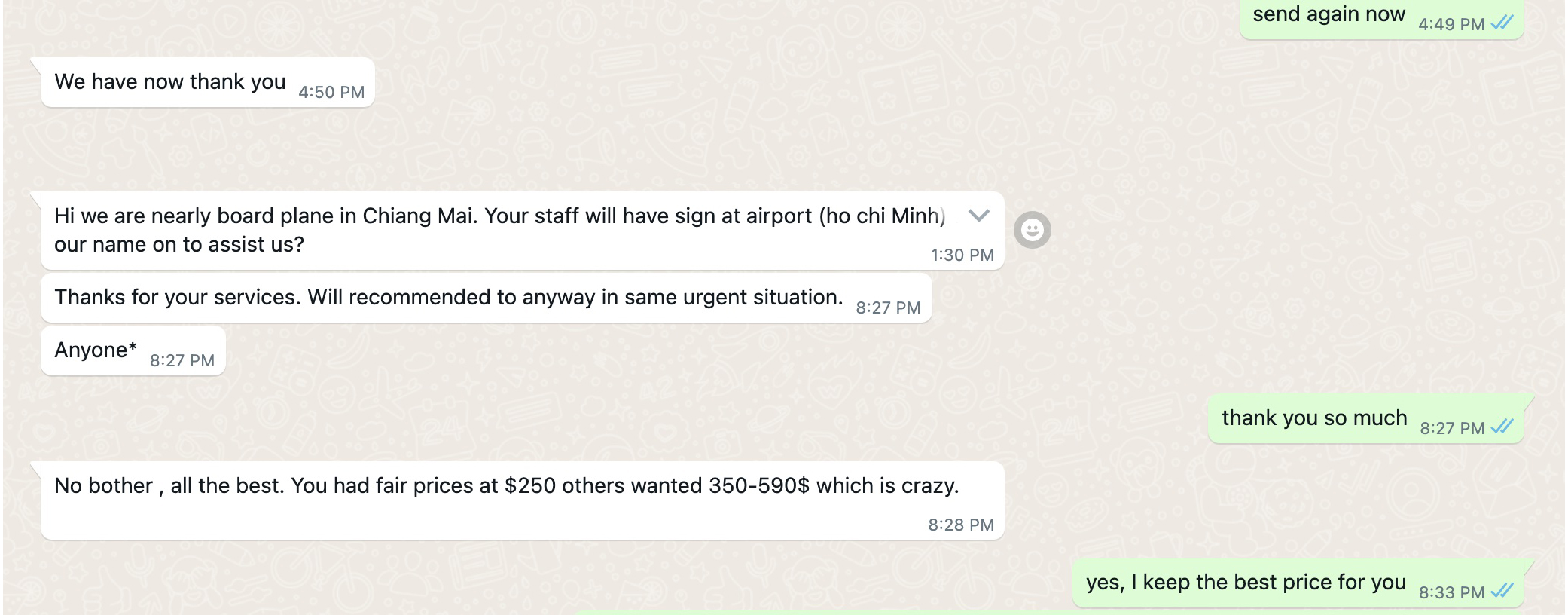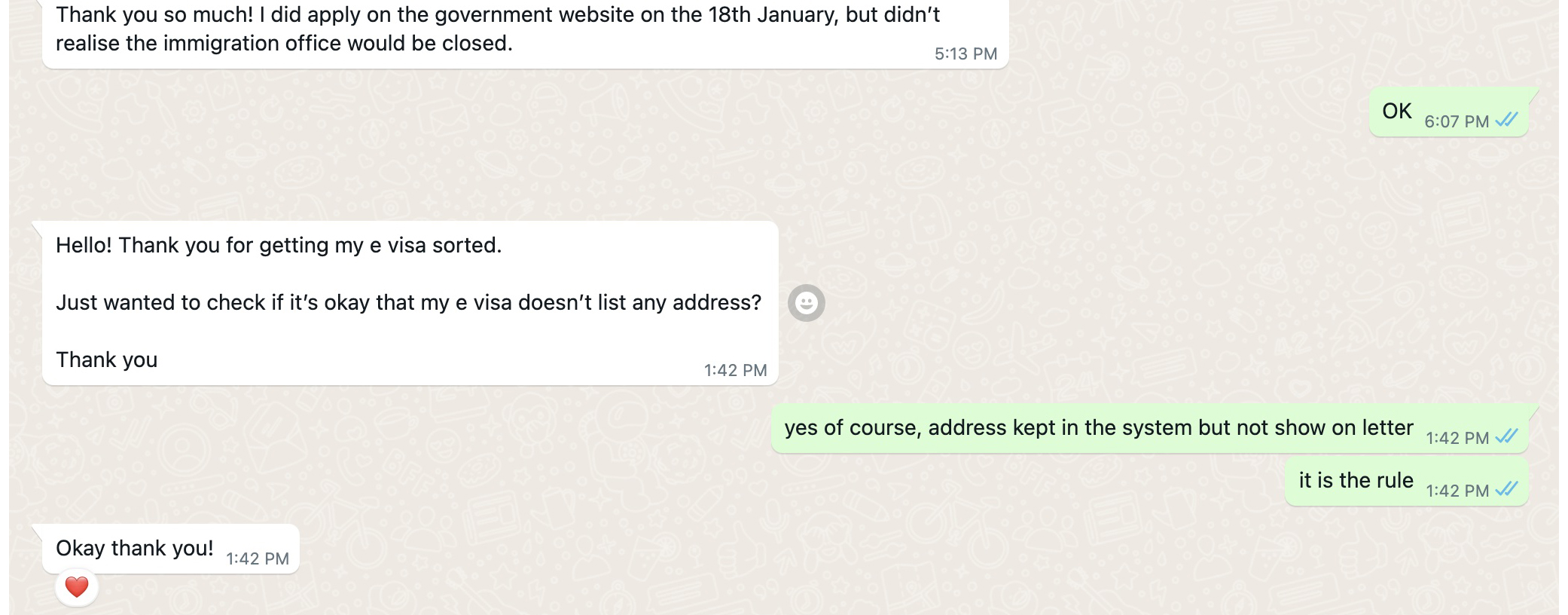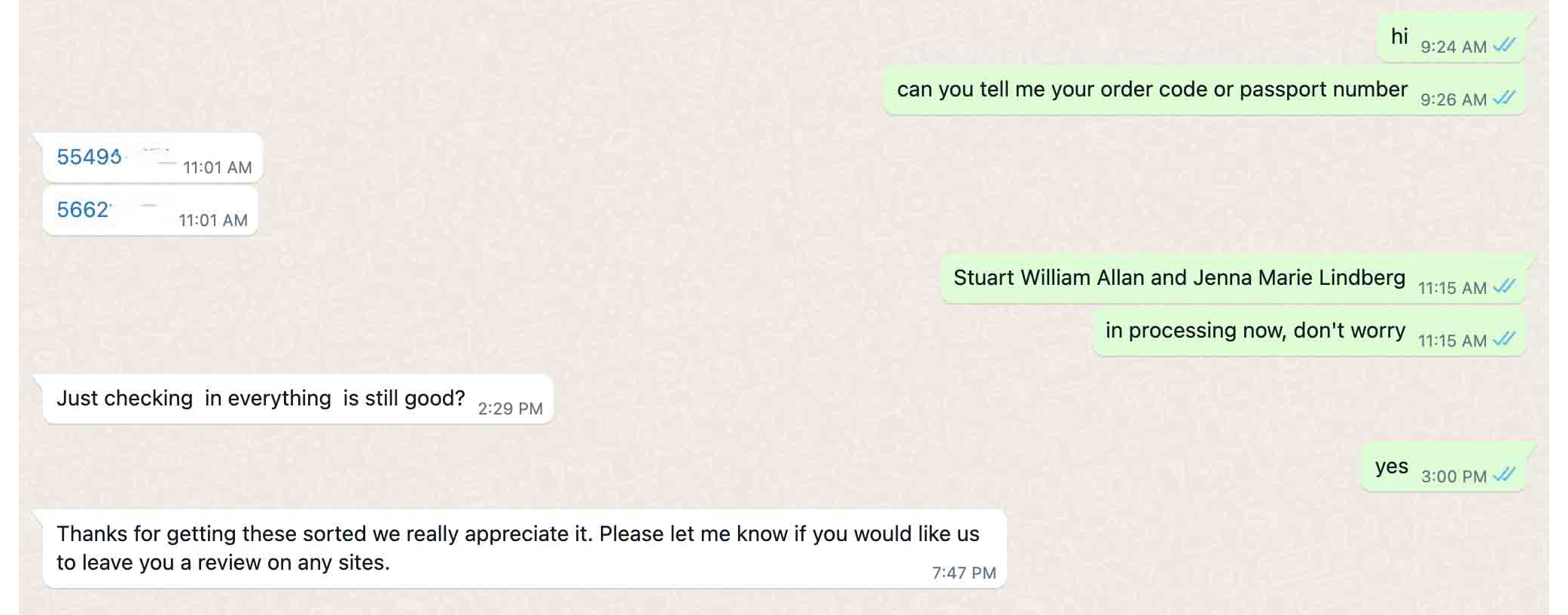Vietnamese Tea Culture
Vietnam Tea has been an essential drink and a very unique culture of Vietnamese people for three thousand years, without the complex rituals found in other countries. At family reunion, meetings, celebrations, tea and its associated rituals are intrinsically tied to concepts of hospitality, respect for one’s elders, and peaceful communion with nature in Vietnam. Tea for Vietnamese people is a free-flowing and refreshing necessity. It is a way of life, not just energy to get you through the day. If you like to learn about Vietnamese tea culture, keep reading… 1. Tea culture in VietnamAccording to historical records, tea, associated with Buddhism, was and originated in pagodas and temples. It was called “Tea Meditation”. This form of tea then quickly became popular in Vietnamese royal court. In the past, that sophisticated tea was enjoyed by the king, mandarin, aristocracy, and noble lineage. Differently, people at normal class simply picked green leaves from tea trees, washed them, softly rumpled, boiled and enjoyed it. In the course of contacts with the Chinese and European industrial approach for many years, Vietnamese people also learned, practiced and created prerequisites for the development of Vietnam’s own tea industry. Traditionally, drinking tea of Vietnamese is considered a daily habit of the old people in households and in society in general. In the morning, people start a new day with some cups of tea to wake their power. Patio or garden in the backyard is among the most favorite places for tea appreciating for its closeness to nature, as some fresh air can give extra flavor to the tea. Consuming tea after meals, especially dinner, is also a habit that is loved by many people, when all family members can gather and talk about what they have done during the day. Tradition is out and modern is in, however, generation after generation, tea is not only part of Vietnamese everyday life, but also an essential part of the nation’s history and economy. No tea culture can be only expensive and rare. The basis of tea culture is its mass character, accessibility and integration into the daily and festive life of people. Tea is often served at the start of business meetings, during weddings, after meals or as part of a gossip between friends. Of course, people drink tea at home, any time of the day and for no specific reason. Drinking tea is a beautiful custom in Vietnamese culture. In cities, people usually drink tea commonly in “quán cóc” – a typical of small street vendor – which can easily be seen everywhere, especially in front the gate of bus terminals, train stations, schools, office buildings, sidewalks or even in quiet alleys. There, people can spend a few hours to enjoy hot or iced tea and talk about the most updated news of the world! “Trà chanh” (tea served with ice, lemon and sugar) become an interesting modern trend of Vietnamese street culture for youngsters. It has been a long way for the oldest of drinks, but tea is now in a place where it can truly be considered the most modern of beverages worldwide. If you ever thought of tea as a drink which takes a while to prepare, then you will be surprised by the diversity of Vietnamese teas today. Wherever you go in Vietnam, someone will certainly ask you: “Would you like a cup of tea?” – don’t take no for an answer, enjoy it because of local hospitality. In Vietnam, the centuries-old tradition, the interference, and the future tea trends are uniquely combined. 2. Common types of Vietnam teaThe Vietnam Record Organization published the list of 50 gift specialties nominated by localities, tourism agencies, domestic and international tourists. The main ingredients include dried tea leaves and water. Other parts depend on the type of tea, which would be different flowers (lotus, jasmine), fruits, or herbs. The countless methods in which to prepare and enjoy them are very interesting to discover. For anyone searching for specialty Vietnamese tea, Vietnam Travel’s recommendation would be following avenues of exploration: traditional green tea from Tan Cuong (in Thai Nguyen Province); the emerging oolong tea market; and the variety of Vietnamese teas scented with flowers. • Green tea (Trà Xanh)The most famous green tea is from Tan Cuong District (Thai Nguyen Province). Green tea is made of 4 steps: picking buds, wilting, cracking and drying. To prevent oxidation, when the tea buds are picked down, the process of wilting is carried out promptly, and the oxidation is immediately prevented by stir-frying or steaming. High temperatures will cause enzymes in tea leaves to stop working. It therefore contains the most antioxidants and beneficial polyphenols. Green tea fibers are shaped by rubbing on hands, pressing on a pan, rubbing or rolling, creating many different shapes. Green tea may help prevent a range of ailments including cancer and lower cholesterol. Vietnamese green tea can be served in many styles, including boiled fresh leaves (the simplest way), loose leaf green tea brewed in hot water and added ice, sugar or lemon. Tea water is usually green or yellow. • Oolong tea (Trà Ô Long)Cao Son Oolong is the only popular Oolong tea in Vietnam so people often misunderstand that Oolong is a kind of tea. In fact, it is a group of teas (besides green tea, black tea) including any teas that is partially oxidized from 8% to 80%. Oxidation is reflected in the color of the tea from amber to sepia. It takes so long time to produce Oolong tea. The process includes all 5 basic steps mentioned below, in which the step and oxidation are repeated many times. After each process, people keep the tea leaves rested to oxidize, then do it again many times in a few days. • Scented tea (Trà ướp hương)Beside green one, teas with the scent of flowers such as lotus, jasmine and grapefruit are unique examples of Vietnamese tea culture. The whole process is made by hand, in a very careful manner to transmit the natural scent (aroma and taste) into the tea. Scented tea allows the creation of a variety of blends, flavors and quality. Among the common scented teas, lotus tea is represented as the national soul of Vietnamese tea culture. To produce the finest lotus tea, flowers of lotus must be picked when they have just bloomed and kept fresh. Lotus flower buds are very carefully peeled back, the petals preserved without a single rip or tear until the fresh green tea is put into. Once lotus buds are full of tea and rewoven, people keep them overnight and then, the process is reversed. Vietnamese people need to use nearly one thousand lotus flowers just to make a kilogram of lotus tea. Interesting, isn’t it? 3. How to make a perfect cup of green tea?Green tea can be overwhelming since it’s hard to figure out where to start. That’s an art that you may interest to understand the method of preparing loose leaf green tea. You need to prepare: tea, teapots and water to begin. • Step 1: Boil filtered waterAccording to Vietnamese tradition, a tea pot should be used with rainwater or, better with dewdrops collected from lotus leaves at dawn. However, it is rarely to catch rain water in the cities, then bottled or filtered water is recommended. No tap water as it is never qualified enough to make good tea. There is a large range when it comes to green tea and each kind needs to be brewed in a different water temperature. Water should not too hot or too warm, and best ideal is around 75°C – 98°C depends on different types of tea. • Step 2: Rinse the teapots with boiling waterPour boiling water to rinse the teapots to warm teacups and pot. • Step 3: “Wake tea up”Put tea into the teapot, add the 80 degrees Celsius boiled water in, then you should discard water after about 10 seconds. This process is called a rinse and to awaken the tea, as well as a quick wash. • Step 4: Add hot waterAdd hot water in again and cover teapot. Steep tea for a minute. Pour hot water into the teapot again and put the lid on while steeping to keep the water temperature consistent for around 1 minute. Make sure that water should over the leaves. • Step 5: Enjoy your creationSlowly pour the green tea into your cup. Held the cup of tea close to your nose, move it from left to right 3 times to enjoy aroma of the tea, then take a sip of tea, swallow slowly to feel the sweetness from the bitter of the tea… Follow these steps a few times, soon you will know exactly how to make the kind of green tea that you like. Sip away and reap the many benefits of green tea! 4. 6 Interesting facts about Vietnamese tea– Vietnamese people often put all tea cups together and pour tea in a circle so that tea can be delivered equally into all the cups. A standard Vietnam tea set includes a teapot, 4 or 6 small cups and saucers, a large cup or pot for straining or pouring. The best tea sets are from Bat Trang Pottery Village in the outskirts of Hanoi. – A good type of Vietnamese tea can make 3-4 servings by pouring hot water into it again. A shallow saucer should be placed under the teapot when serving tea to catch the overflow and keep warming the bottom of the teapot. With a cup of hot tea, you can sip it slowly to enjoy the flavor, and breathe in to enjoy the good smell. This is the way of drinking tea of Vietnamese people. – Shan Snow Tea (Chè Shan Tuyet), also called wild tea, grown in mountainous provinces of Northern Vietnam at 800 – 2,000m, can be re-steeped for over 10 times. It is also one of Vietnam’s signature organic green teas. Tea trees are mostly over 300 years old. – Vietnamese Green Tea also can be brewed with cold water with some techniques. Pour cool boiled water into a jar of tea then keep it in the fridge for about 5 hours before drinking. – People living in Vietnam countryside still grow their very own tea trees in gardens. This fresh green leaves are processed differently with loose-leaf green tea mentioned above. People simply boil water and put fresh green tea leaves in. However, people should softly crumple leaves before boiling. – Restaurants and cafes often serve iced green tea free of charge, but if you do need to pay, it’s rarely more than 5,000 VND. Except for the extra menu that you order separately such as lotus or herbal tea which much more costly. 5. Tea Tour – Why not?Vietnam’s location and geography allow tea to grown in the sub-tropical north as well as the tropical south. Tea is grown in over a half of 63 provinces and cities in Vietnam. But most productively in Thai Nguyen (Tan Cuong), Phu Tho (Long Coc), Son La (Moc Chau), Cao Bang, Tuyen Quang, Ha Giang, Yen Bai (all in the North) and Lam Dong (in the Central Highlands). If you are interested in learning where tea is mostly grown and the types of tea produced, watching and preparing tea in a Vietnamese cultural style or taking part in one of Vietnam tea festivals, ask our travel consultants to include this exciting experience into your packaged holiday. |
- Ba Na Hills: The Ultimate Traveler’s Guide 2024
- 15 Most Incredible Pagodas & Temples in Vietnam
- Top 8 Rice Fields in Vietnam
- Best time to visit Vietnam & weather
- The 2024 MICHELIN Guide Vietnam Boasts 3 New One Stars, 1 First-Ever Green Star
- Foodies Rejoice! 13 New Hanoi and HCMC Restaurants Join Michelin’s Bib Gourmand List
- Flights to Vietnam
- Tay Ninh: one of the best attractive destinations in Vietnam
- Ninh Thuan: beyond Sun, Wind and Beach.
- Phong Nha – Ke Bang National Park: home of the World’s largest cave
Latest blogs
- Ba Na Hills: The Ultimate Traveler’s Guide 2024
- 15 Most Incredible Pagodas & Temples in Vietnam
- Top 8 Rice Fields in Vietnam
- Best time to visit Vietnam & weather
- The 2024 MICHELIN Guide Vietnam Boasts 3 New One Stars, 1 First-Ever Green Star
- Foodies Rejoice! 13 New Hanoi and HCMC Restaurants Join Michelin’s Bib Gourmand List
- Flights to Vietnam
- Tay Ninh: one of the best attractive destinations in Vietnam
- Ninh Thuan: beyond Sun, Wind and Beach.
- Phong Nha – Ke Bang National Park: home of the World’s largest cave
Book online or call
Call: (+84)-972472806 Or (+84)-964262310
Email: evisa@cheapestvietnamvisa.comOr Submit your inquiry online
















